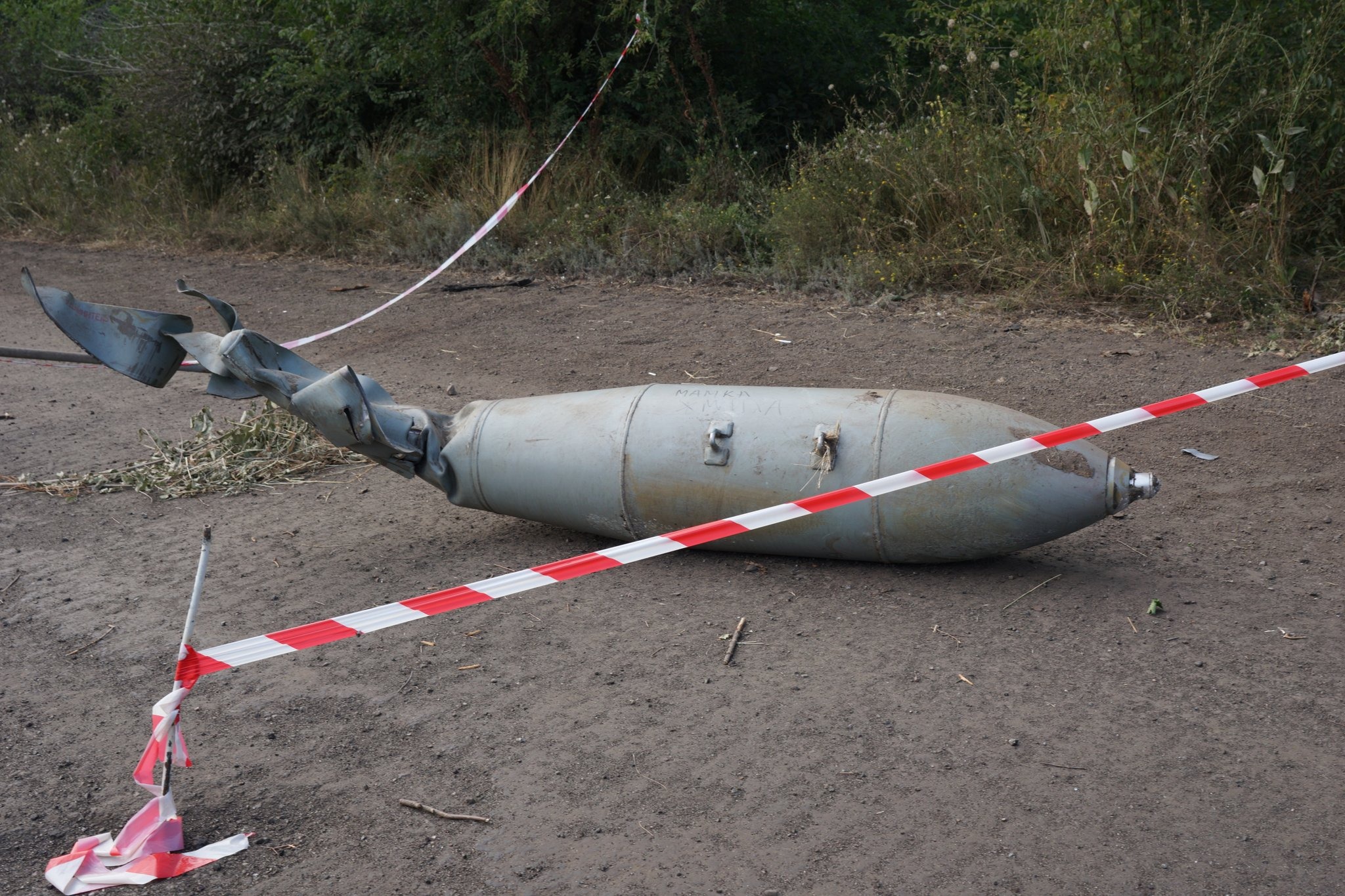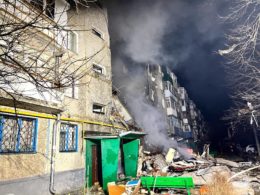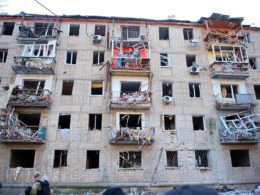- Ukraine’s air defense capabilities and the potential for more devastating attacks on critical infrastructure
- ISW: Delayed US military supplies impact the Ukrainian forces’ capabilities to respond to Russian mechanized assaults
- Denmark provides $13.2 million to enhance Ukraine cyber capabilities against Russia
Russian morning attack on Kharkiv with air bombs kills 24-year-old man, injures nine people
Four of the nine injured people reportedly were hospitalized; the rest suffered from acute stress reactions and are being treated at the site.





